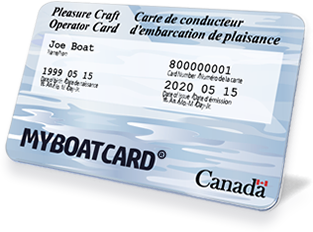Treating Hypothermia
Exposure to low temperatures such as immersion in cold water will lead to hypothermia. Hypothermia can be categorised into 3 stages: Mild, Moderate and Severe.
Mild Hypothermia
Mild symptoms:
- Uncontrolled shivering;
- Slurred speech; and
- Conscious but withdrawn behaviour.
If there is no way to get to a medical facility within 30 minutes, a mildly hypothermic person should be
rewarmed by:
- Shivering should be fueled by calorie replacement with fluids containing sugars. The sugar content is actually more important than the heat in warm liquids;
- Ensuring that the person is capable of ingesting liquids without aspirating;
- Not permitting alcohol and tobacco use, as these constrict blood flow;
- Applying external heat to high heat transfer areas such as the underarms and chest sides;
- Active heating of the skin is beneficial as it preserves energy and reduces cardiovascular stress; and
- Avoiding rubbing or massaging the surface of the victim’s body or extremities as this can send cool blood to the body’s core and can damage nerve endings at the skin.
Moderate and Severe Hypothermia
This is a serious medical emergency requiring proper handling and treatment, and, in severe cases, immediate
transport to a medical facility.
Moderate symptoms:
- Slow, weak pulse and respiration;
- Lack of coordination; and
- Confusion and fatigue.
Severe symptoms:
- Weak, irregular or absent pulse and respiration; and
- Lack of consciousness.

